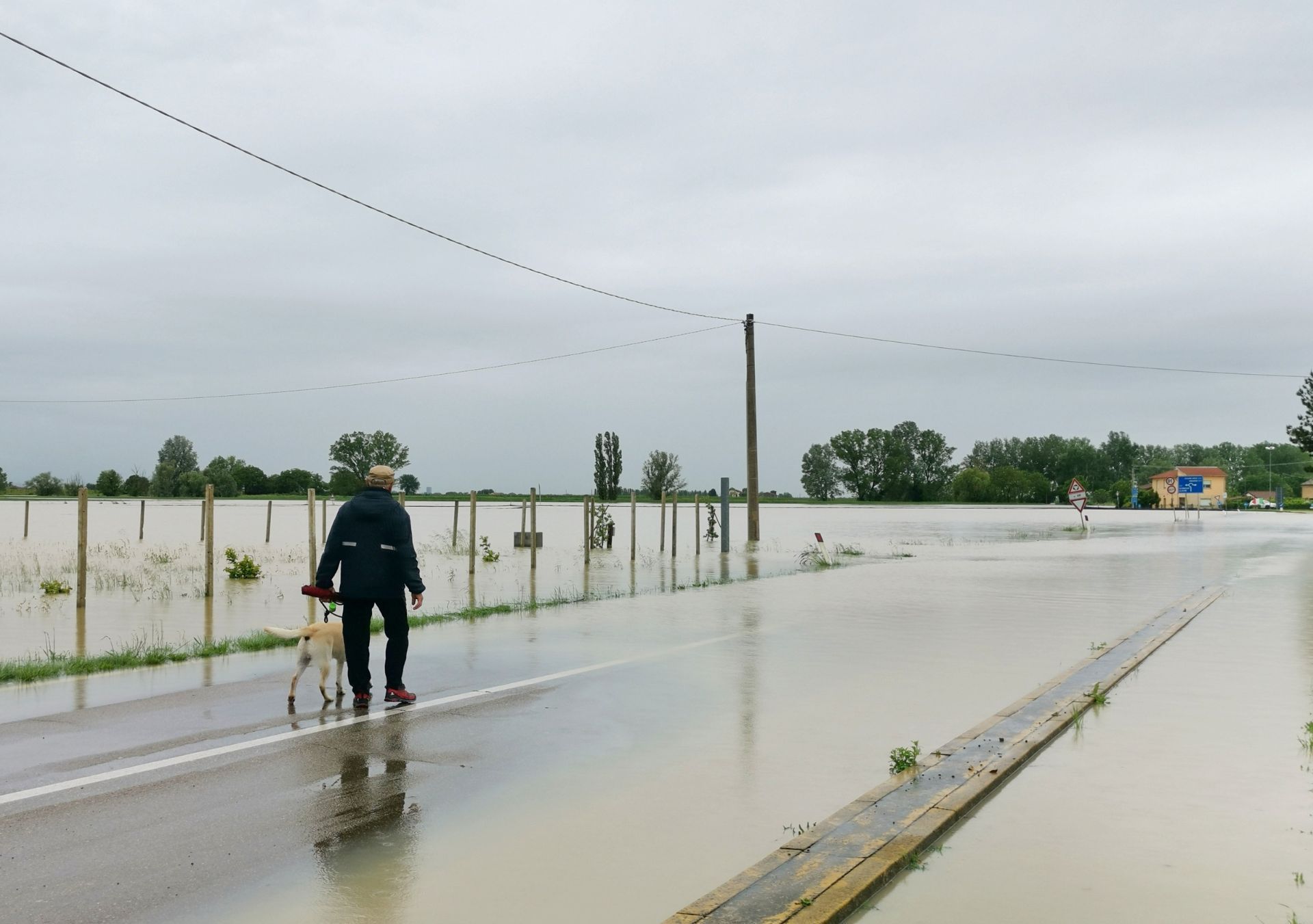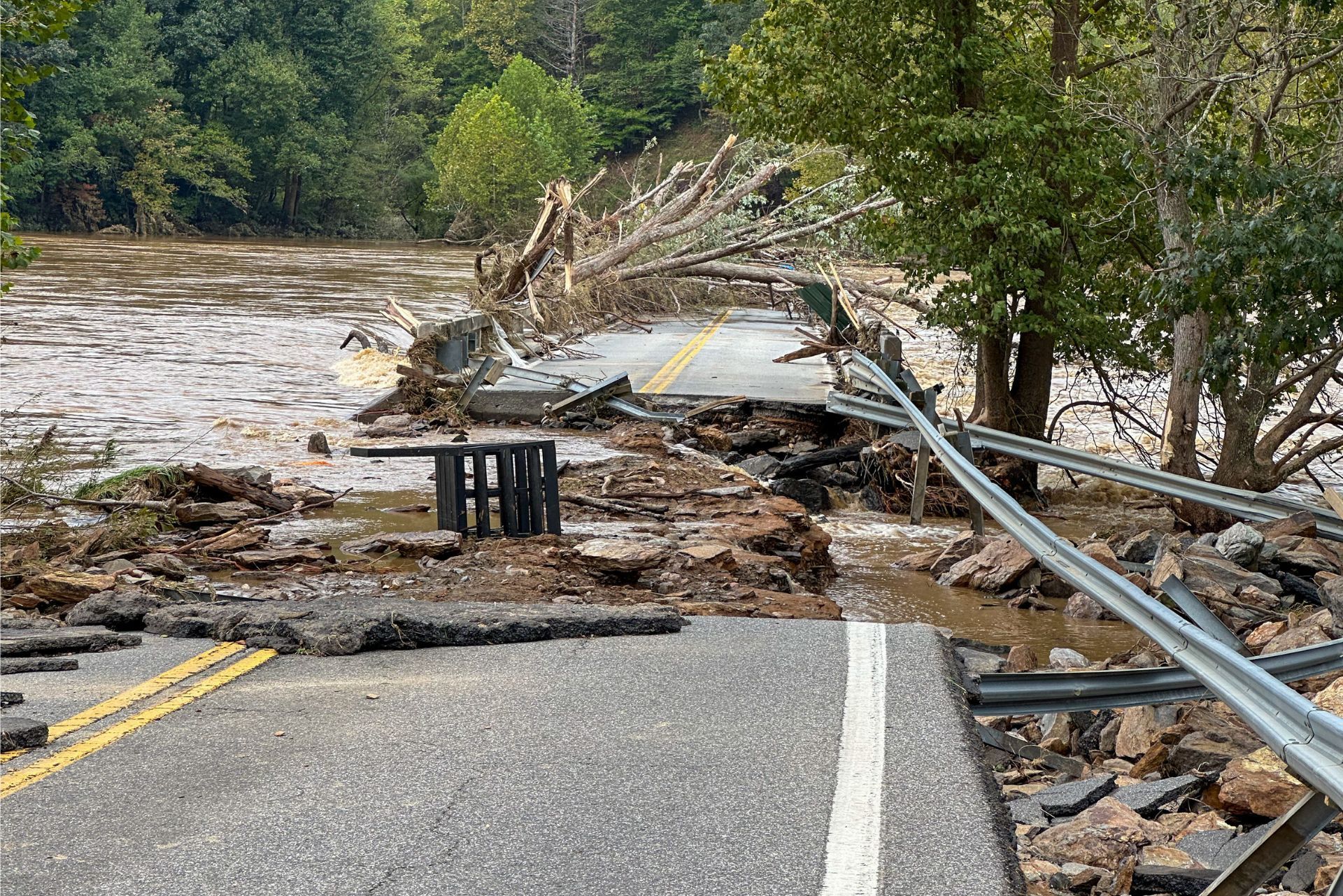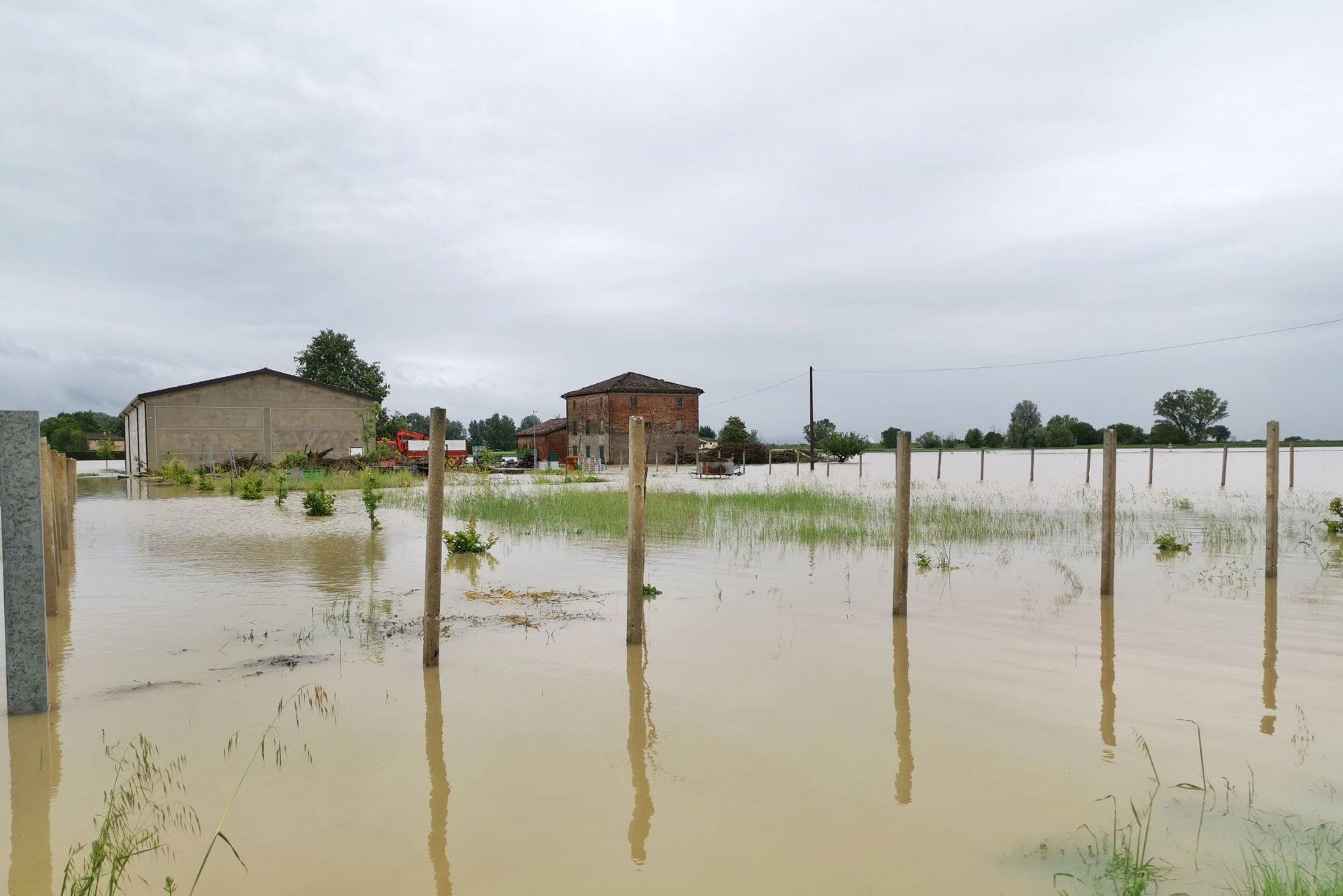
Most Common Personal Policies
Index
Why Flood Insurance Matters in Arizona
What is Flood Insurance and How Does It Work?
Flood Zones and FEMA Flood Maps in Arizona
Cost of Flood Insurance in Arizona
How to Purchase Flood Insurance in Arizona
Flood Mitigation and Reducing Insurance Costs
Common Myths and Misconceptions About Flood Insurance in Arizona
What to Do After a Flood in Arizona
Conclusion: Protecting Your Arizona Property with Flood Insurance
Contact Us
Despite its reputation as a desert state, Arizona is no stranger to flooding. From intense monsoon storms to flash floods in urban and rural areas alike, the risk of flood damage is a reality that many residents and property owners face. Understanding flood insurance in Arizona is crucial for protecting your home, business, and assets from potentially devastating financial loss.
Why Flood Insurance Matters in Arizona
Arizona’s unique geography and climate create conditions that can lead to sudden and severe flooding. Although the state is mostly arid, the summer monsoon season brings intense rainfall over short periods, often causing flash floods. Additionally, urban development has increased impervious surfaces, reducing natural water absorption and exacerbating runoff issues.
According to the Arizona Department of Water Resources, flash floods cause an average of $12 million in property damage annually in the state. Moreover, the National Weather Service reports that Arizona experiences approximately 50 flash flood events each year, many of which impact residential neighborhoods and commercial areas. These events can occur with little warning, leaving residents scrambling to protect their homes and belongings.
Despite these risks, many Arizona homeowners mistakenly believe that their standard homeowner’s insurance policy covers flood damage. This misconception can lead to devastating financial consequences after a flood event. Flood insurance is typically sold separately and is essential for comprehensive protection. In fact, the Federal Emergency Management Agency (FEMA) recommends that all homeowners in flood-prone areas consider obtaining flood insurance, as it can be the difference between recovery and financial ruin.
Understanding Flood Risks in Different Arizona Regions
Flood risk varies significantly across Arizona. Urban areas like Phoenix and Tucson face risks from stormwater runoff and flash floods, especially in low-lying neighborhoods and near washes. Rural areas, particularly those near rivers such as the Salt River and Verde River, are also vulnerable to flooding during heavy rain events. The combination of steep terrain and sudden downpours can lead to rapid water accumulation, creating hazardous conditions.
Mountainous regions, including parts of northern Arizona around Flagstaff, can experience rapid snowmelt combined with monsoon rains, increasing flood risks downstream. Understanding local flood risks helps residents and businesses make informed decisions about insurance coverage. Additionally, local governments often provide resources and floodplain maps that can help residents assess their risk levels. Engaging with community preparedness programs and staying informed about weather alerts can further enhance safety and response strategies in the face of potential flooding.
Furthermore, the impact of climate change is becoming increasingly evident in Arizona, with projections indicating that extreme weather events, including heavy rainfall and prolonged droughts, may become more common. This evolving landscape underscores the importance of not only securing flood insurance but also investing in
flood mitigation measures such as improved drainage systems and green infrastructure. By understanding the interplay between climate, geography, and urban development, Arizona residents can better prepare for the challenges posed by flooding and protect their homes and livelihoods.

What is Flood Insurance and How Does It Work?
Flood insurance is a specialized policy designed to cover damages caused by flooding, including water damage to the structure of a building and its contents. Unlike standard homeowner’s insurance, which excludes flood damage, flood insurance fills this critical gap.
Most flood insurance policies in Arizona are provided through the National Flood Insurance Program (NFIP), managed by the Federal Emergency Management Agency (FEMA). Private insurers also offer flood insurance, sometimes with different coverage options and pricing. This variety allows homeowners to choose a policy that best fits their needs, whether they live in a high-risk flood zone or an area where flooding is less common.
Coverage Details of Flood Insurance
Flood insurance typically covers:
- Structural damage to the building, including foundation, walls, electrical and plumbing systems
- Damage to electrical and plumbing systems
- Personal property such as furniture, clothing, and electronics (subject to policy limits)
- Removal of debris caused by flooding
- Some policies may cover additional living expenses if the home becomes uninhabitable
It’s important to note that flood insurance policies have limits and exclusions. For example, damage caused by sewer backups or gradual water seepage may not be covered unless specifically added. Additionally, certain high-value items, such as artwork or collectibles, may require separate endorsements to ensure adequate protection. Homeowners should carefully review their policy and consider additional coverage options to safeguard their most valuable possessions.
Waiting Period and Application Process
One critical aspect of flood insurance is the waiting period. Typically, there is a 30-day waiting period from the date of purchase before the policy becomes effective. This means coverage won’t apply to floods occurring within that initial period, so planning ahead is essential. Homeowners are encouraged to purchase flood insurance well in advance of the rainy season or any predicted weather events that could lead to flooding.
Applying for flood insurance involves completing an application through an insurance agent or directly with the NFIP. The insurer will assess the property’s flood risk based on FEMA flood maps and other factors to determine premiums. Factors such as the property's elevation, proximity to water bodies, and historical flood data can significantly influence the cost of coverage. Homeowners may also benefit from flood mitigation measures, such as elevating their homes or installing flood vents, which could lead to lower premiums and better protection against potential flood damage.
Flood Zones and FEMA Flood Maps in Arizona
FEMA flood maps are a key tool in understanding flood risk and insurance requirements. These maps categorize areas into flood zones based on the likelihood of flooding, which directly impacts insurance costs and requirements. Understanding these designations is crucial for homeowners, real estate developers, and local governments alike, as they inform decisions about construction, land use, and emergency preparedness.
Common Flood Zones in Arizona
Flood zones are designated by letters and numbers, with some of the most common including:
- Zone A: Areas with a 1% annual chance of flooding (100-year floodplain) but without detailed flood hazard analysis.
- Zone AE: Areas with a 1% annual chance of flooding where base flood elevations have been determined.
- Zone X: Areas of minimal flood risk (outside the 100-year floodplain).
- Zone V: Coastal areas with additional wave hazards (not common in Arizona).
Most of Arizona’s flood-prone areas fall into Zones A and AE, especially near rivers, washes, and urban drainage systems. The state’s unique geography, characterized by its deserts and mountainous regions, can lead to sudden and severe flash flooding during monsoon season, making it essential for residents to be aware of their flood zone status.
In addition to the designated flood zones, Arizona also experiences localized flooding due to heavy rainfall, particularly in urban areas where pavement and development can exacerbate runoff. This underscores the importance of maintaining proper drainage systems and flood control measures to mitigate potential damage.
How Flood Zones Affect Insurance Requirements and Costs
Properties located in high-risk flood zones (Zones A and AE) are often required to carry flood insurance if they have federally backed mortgages. Lenders will typically mandate flood insurance to protect their investment. This requirement can significantly affect the affordability of homes in these areas, as potential buyers must factor in the cost of insurance premiums alongside mortgage payments.
Premiums for flood insurance are higher in these zones due to the elevated risk. Conversely, properties in low-risk zones (Zone X) may have lower premiums or may choose to forgo flood insurance, though it’s still recommended given the unpredictability of flooding. Homeowners in low-risk areas should also be aware that flood risks can change over time, and properties that were once considered safe can be reclassified as higher risk, leading to unexpected insurance costs.
Arizona residents can access FEMA’s Flood Map Service Center online to check their property’s flood zone designation and better understand their risk profile. Additionally, local governments often provide resources and information about flood preparedness, including community outreach programs that educate residents on emergency plans and mitigation strategies. Engaging with these resources can empower homeowners to take proactive steps in safeguarding their properties against potential flooding events.
Cost of Flood Insurance in Arizona
The cost of flood insurance in Arizona varies widely depending on multiple factors, including location, flood zone, building characteristics, and coverage limits.
Factors Influencing Flood Insurance Premiums
Key factors that impact flood insurance costs include:
- Flood zone designation: Higher-risk zones have higher premiums.
- Building elevation: Homes elevated above the base flood elevation may qualify for discounts.
- Building age and construction type: Newer buildings built to flood-resistant standards often have lower premiums.
- Coverage limits: Higher coverage amounts naturally increase premiums.
- Deductibles: Choosing a higher deductible can reduce premium costs.
Average Premiums and Examples
According to recent data from FEMA and insurance market reports, the average annual flood insurance premium in Arizona ranges from $700 to $1,500 for residential properties in moderate to high-risk areas. Properties in low-risk zones may pay significantly less, sometimes under $500 annually.
For example, a single-family home in a Zone AE floodplain near Phoenix might pay around $1,200 per year for $250,000 in building coverage and $100,000 in contents coverage. Elevating the home or implementing flood mitigation measures could reduce this premium by 20-30%.
Additionally, the specific geographic characteristics of Arizona can greatly influence flood insurance costs. Areas prone to monsoon rains or those near rivers and lakes may experience higher premiums due to the increased likelihood of flooding. For instance, properties located in the low-lying regions of Tucson or along the banks of the Colorado River may face steeper insurance rates compared to those situated in higher elevations or more arid regions. Furthermore, the state’s unique desert climate can lead to sudden and severe flooding events, making flood insurance an essential consideration for homeowners, especially in vulnerable areas.
Moreover, homeowners should also consider the potential for future changes in flood maps and regulations, which can affect insurance costs. As climate change continues to impact weather patterns, areas previously deemed low-risk may be reclassified, leading to increased premiums for those homeowners. Staying informed about local floodplain management practices and participating in community flood prevention programs can not only provide additional safety measures but may also lead to lower insurance rates over time. Engaging with local insurance agents who understand the nuances of Arizona's flood insurance landscape can be invaluable in navigating these complexities and finding the best coverage options available.

How to Purchase Flood Insurance in Arizona
Purchasing flood insurance is a straightforward process, but understanding your options and timing is important to ensure you have the right coverage when you need it.
Step 1: Assess Your Flood Risk
Start by determining your property’s flood zone using FEMA’s Flood Map Service Center or consulting with local floodplain management offices. Understanding your risk helps guide coverage decisions.
Step 2: Contact an Insurance Agent
Flood insurance is sold through licensed insurance agents who participate in the NFIP. Many agents who sell homeowner’s insurance also offer flood insurance or can refer you to specialists. It’s advisable to shop around and compare quotes from multiple agents or companies.
Step 3: Choose Coverage Limits and Deductibles
Select coverage limits that adequately protect your property and belongings. The NFIP offers up to $250,000 coverage for residential buildings and $100,000 for contents, but private insurers may offer higher limits. Consider your deductible carefully, balancing premium costs with out-of-pocket risk.
Step 4: Submit Application and Pay Premium
Once you’ve selected your policy, complete the application and pay the premium. Remember the 30-day waiting period before coverage takes effect unless the policy is purchased in connection with a loan closing.
Flood Mitigation and Reducing Insurance Costs
Investing in flood mitigation measures can reduce both your flood risk and insurance premiums. Arizona homeowners and businesses can benefit from several strategies to protect their properties.
Common Flood Mitigation Techniques
- Elevating structures: Raising buildings above the base flood elevation reduces flood risk and can qualify for premium discounts.
- Installing flood vents: These allow water to flow through crawlspaces, reducing structural damage.
- Improving drainage: Landscaping and grading to direct water away from buildings helps prevent flooding.
- Using flood-resistant materials: Building or remodeling with materials that withstand water damage minimizes repair costs.
Financial Incentives and Grants
Arizona property owners may be eligible for grants or low-interest loans through programs like FEMA’s Hazard Mitigation Grant Program to fund flood mitigation projects. These investments not only protect property but can also lower flood insurance premiums over time.
Common Myths and Misconceptions About Flood Insurance in Arizona
Several myths about flood insurance persist among Arizona residents, which can lead to underinsurance or no insurance at all.
Myth 1: “I Don’t Live Near Water, So I’m Not at Risk”
Flooding in Arizona often results from flash floods and urban runoff, which can impact areas far from rivers or lakes. Even homes on higher ground can be affected by intense storms.
Myth 2: “My Homeowner’s Insurance Covers Flood Damage”
Standard homeowner’s insurance policies exclude flood damage. Separate flood insurance is necessary to cover this risk.
Myth 3: “Flood Insurance Is Too Expensive”
While flood insurance comes at a cost, the financial impact of flood damage without coverage can be catastrophic. Mitigation efforts and shopping around can help manage premiums.
What to Do After a Flood in Arizona
In the unfortunate event of a flood, knowing the right steps to take can streamline recovery and insurance claims.
Safety First
Ensure all family members are safe and avoid floodwaters, which may be contaminated or electrically charged. Follow local emergency instructions.
Document the Damage
Take photos and videos of all damage to your property and belongings. This documentation is critical for insurance claims.
Contact Your Insurance Company
Report the flood damage to your insurer as soon as possible. An adjuster will be assigned to assess the damage and process your claim.
Begin Cleanup Safely
Start cleaning and drying your property to prevent mold growth, but keep receipts for any expenses related to cleanup and repairs for reimbursement purposes.
Conclusion: Protecting Your Arizona Property with Flood Insurance
Flooding is a real and often underestimated threat in Arizona, affecting thousands of residents and businesses each year. Understanding flood risks, insurance options, and mitigation strategies is essential for safeguarding your property and financial well-being.
By proactively purchasing flood insurance and investing in flood mitigation, Arizona property owners can reduce their vulnerability and recover more quickly from flood events. With the right knowledge and preparation, flood damage doesn’t have to be a devastating setback.
